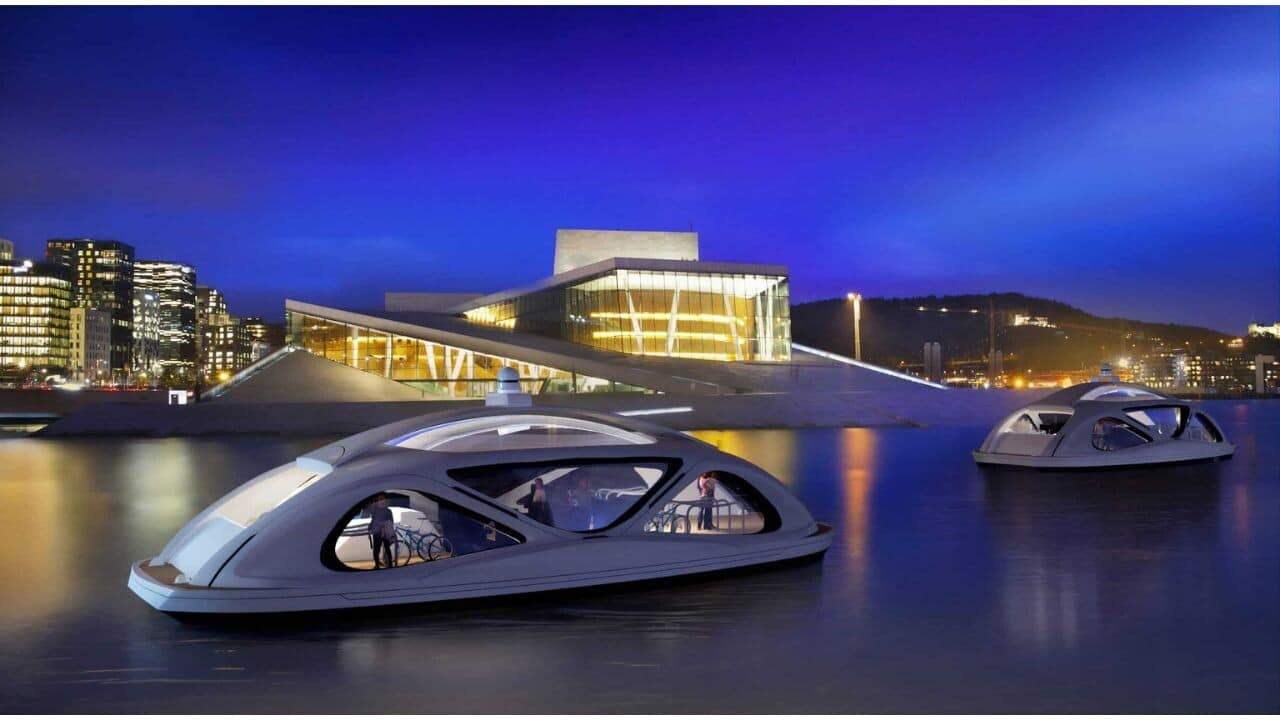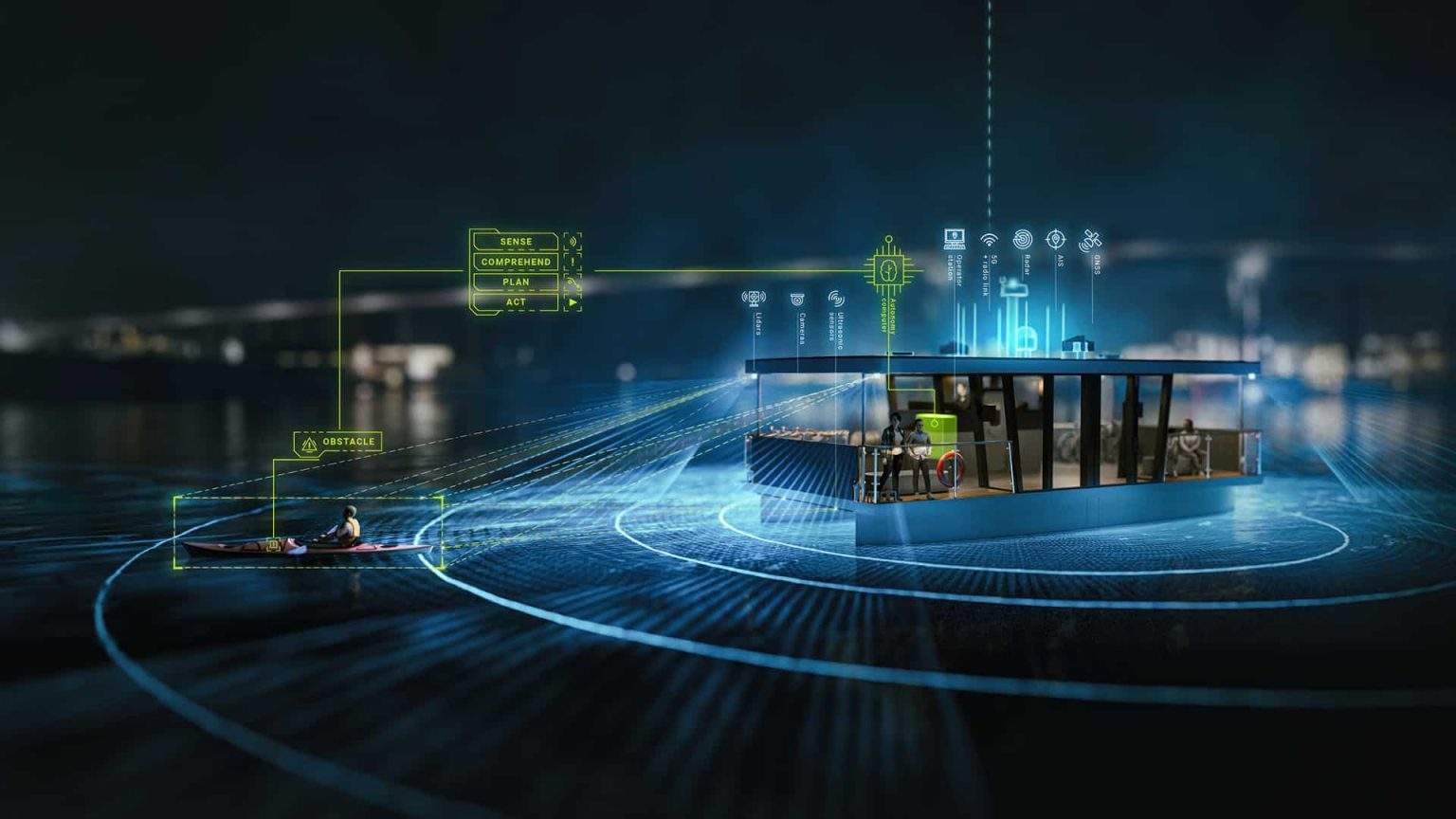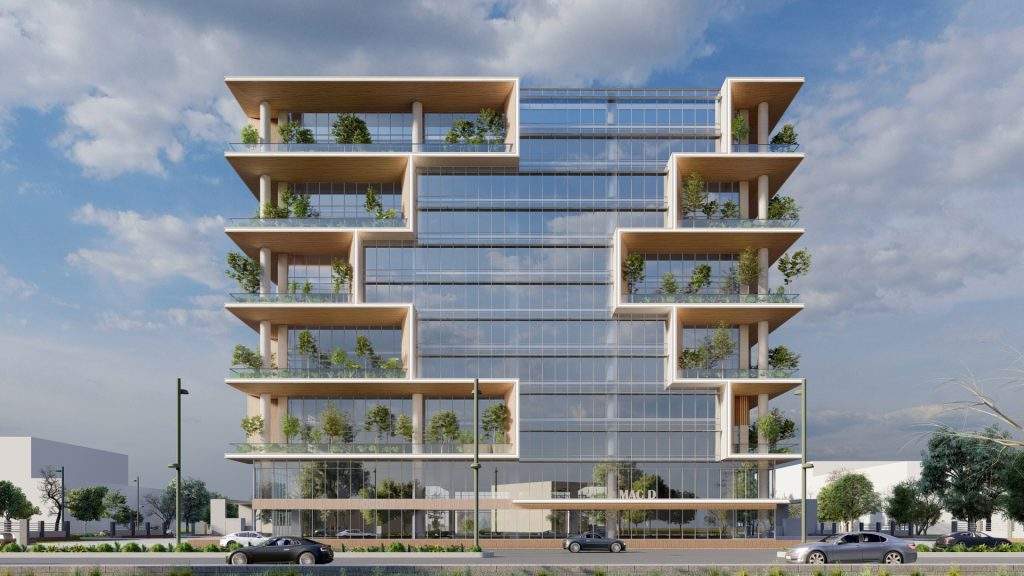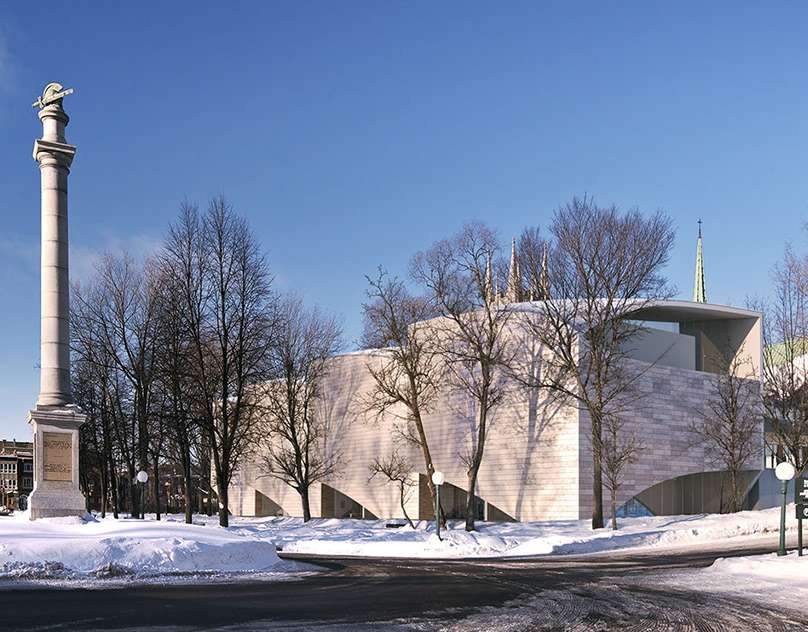Cities are engines of economic growth, innovation and creativity.
They are places where people come together to live, work and play.
However, rapid urbanization and population growth have created many challenges for urban planners and policy makers.
Urban areas face problems such as traffic congestion, air pollution, water scarcity, and waste management.
These problems greatly affect the quality of life of citizens, and they also affect the environment and the economy.
Therefore, there is a need to innovate urban planning and infrastructure to make cities more sustainable,
livable and efficient, so smart cities are the solution to this problem.

Smart Cities
A smart city is a city that uses advanced technology to improve the quality of life of its citizens, improve sustainability, and reduce resource consumption.
Smart cities are characterized by the integration of physical and digital infrastructure,
the use of data analytics, and the deployment of sensors and other connected devices.
These technologies enable the city to collect and analyze data, improve the decision-making process,
and provide real-time services to citizens.

Innovation In Urban Planning
Smart cities require innovative approaches to urban planning,
The traditional approach to urban planning, which focuses on zoning, land use,
and transportation planning, is no longer considered sufficient.
Smart cities require a comprehensive approach to urban planning that takes into account the integration of physical and digital infrastructure.
Urban planners should consider deploying sensors and other connected devices to enable real-time data collection and analysis.
You should also consider using data analytics to improve decision-making and real-time service delivery to citizens.
Infrastructure Innovation
Smart cities require innovative infrastructure that can support the deployment of sensors and other connected devices.
The infrastructure must be designed to enable real-time data collection and analysis.

Deploying sensors and other connected devices requires a reliable and fast network.
Smart cities therefore require high-speed broadband networks that can support the large volume of data generated by sensors and other connected devices.
Infrastructure must also be designed to support renewable energy and reduce resource consumption.
Technologies And Strategies
- Internet of Things (IoT): The Internet of Things is a network of devices connected to the Internet.
The Internet of Things allows data to be collected from sensors and other connected devices.
- Big Data Analytics: Big Data Analytics is the process of analyzing large and complex data sets.
Big data analytics allows the city to improve decision-making and real-time service delivery to citizens.
- Renewable energy: Smart cities need renewable energy to reduce resource consumption and enhance sustainability.
Renewable energy sources include solar energy, wind energy, and hydropower.
- Intelligent Transportation Systems (ITS): ITS is a system that uses technology to improve transportation,
Intelligent transportation systems enable the city to reduce traffic congestion, improve safety and enhance sustainability.
- Green infrastructure: Green infrastructure includes parks, green roofs, green walls,
Green infrastructure enhances the livability of the city and reduces the urban heat island effect.
Conclusion
Smart cities are the future of urban development. They are the solution to the challenges facing urban areas,
including traffic congestion, air pollution, water scarcity, and waste management.

Smart cities are characterized by the integration of physical and digital infrastructure,
the use of data analytics, and the deployment of sensors and other connected devices.
It requires a comprehensive approach to urban planning that takes into account the integration of physical and digital infrastructure.
It also requires innovative infrastructure that can support the deployment of sensors and other connected devices.
باحث ما بعد الدكتوراه في مباني الطاقة الذكية
Deploying sensors and other connected devices requires a reliable and fast network.
Smart cities therefore require high-speed broadband networks that can support the large volume of data generated by sensors and other connected devices.
Infrastructure must also be designed to support renewable energy and reduce resource consumption.
The technologies and strategies used in developing smart cities also include the Internet of Things (IoT),
Big data analytics, renewable energy, intelligent transportation systems (ITS), and green infrastructure.
Smart cities are already being developed and implemented around the world.
آخر تطورات الأعمال الإنشائية في جسر الدراجات بمشروع المسار الرياضي
In conclusion, smart cities are the future of urban development,
as they are the solution to the challenges facing urban areas,
and require innovative methods of urban planning and infrastructure.
The deployment of sensors and other connected devices, the use of data analytics,
and the integration of physical and digital infrastructure are fundamental to the development of smart cities.
Smart city development is an ongoing process,
and requires collaboration between urban planners, policy makers, and technology providers to create sustainable, liveable, and efficient cities.

As cities continue to grow rapidly, it is necessary to innovate urban planning and infrastructure to make urban areas more sustainable, livable and efficient.
It explores the potential risks associated with the development of smart cities and provides a detailed conclusion summarizing the main points addressed.
أستاذ كامل في المدن الذكية والمستدامة











